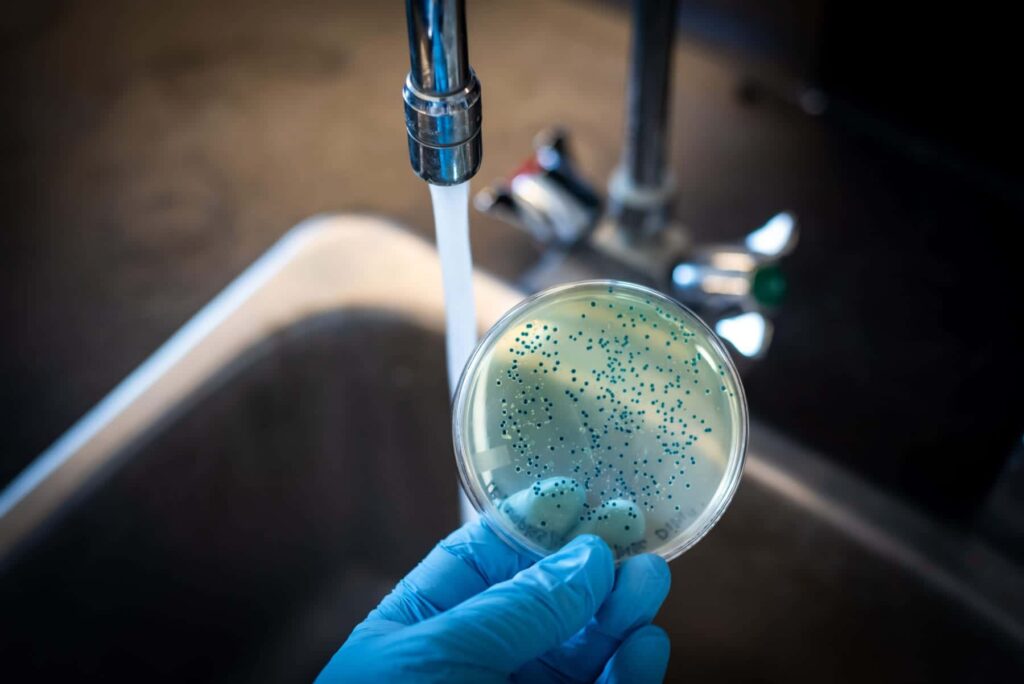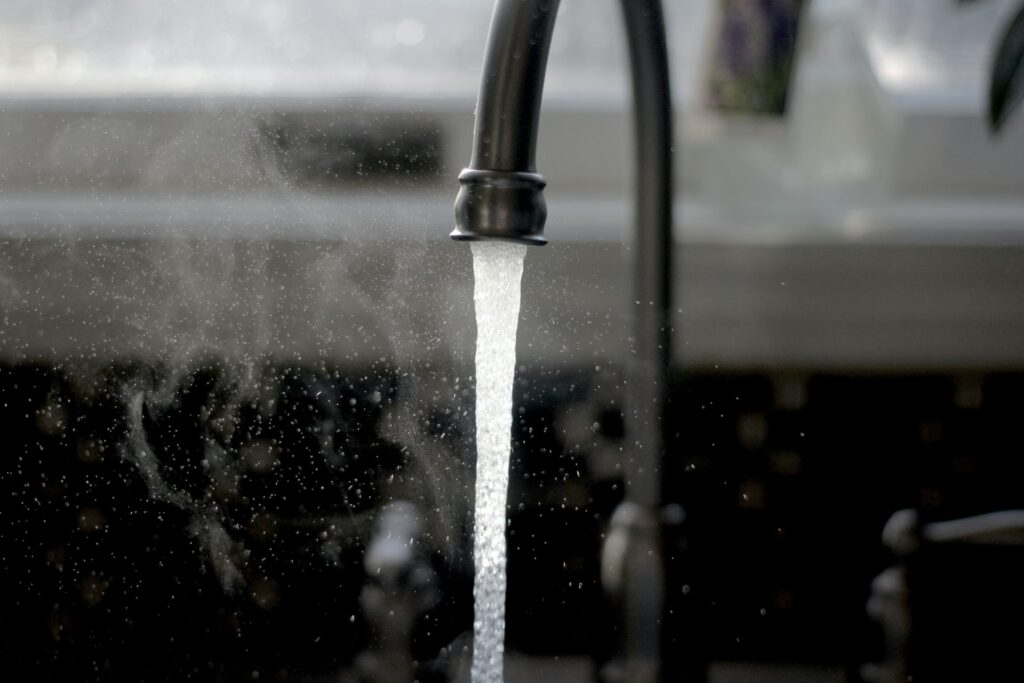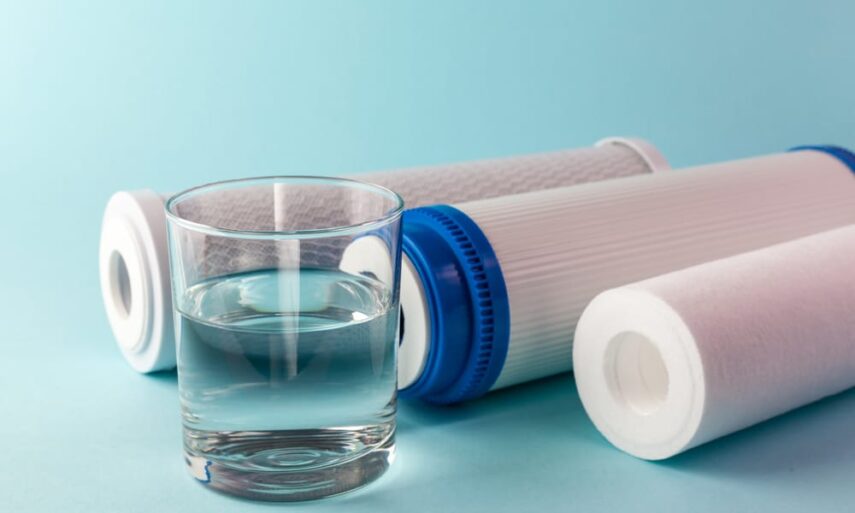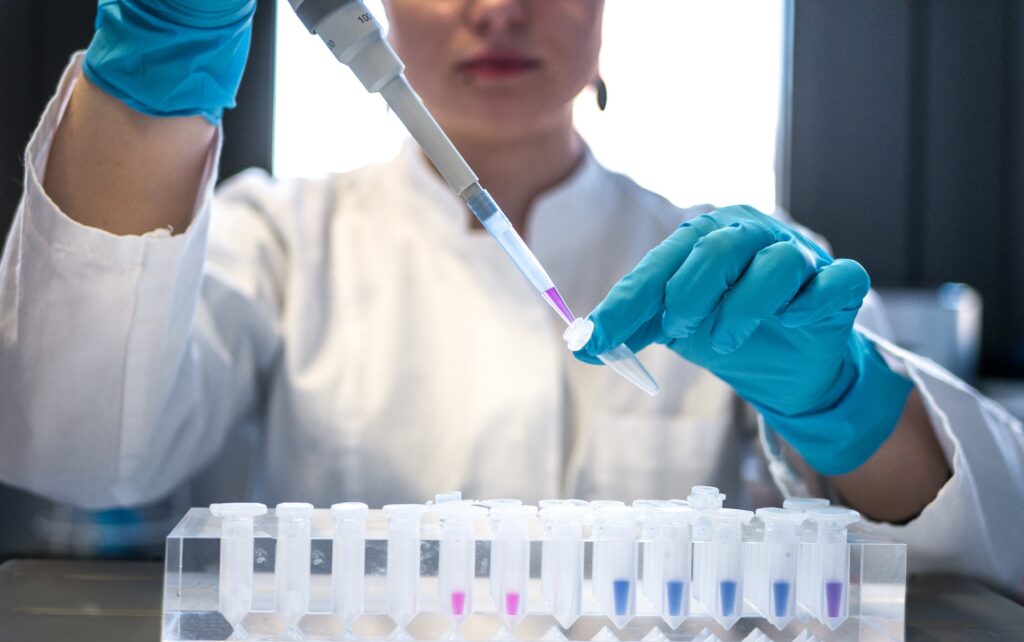Bacteria in well water may sound alarming, and in fact, it can be. Depending on where you live and the integrity of your well, it’s always wise to test your water for bacteria. In most cases, an annual test is good enough, though, if you live close to a farm or have had previous bacterial issues, you’ll want to keep tabs on what’s in your water.
That being the case, there are common types of bacteria found in well water that can cause adverse health reactions including severe illnesses. Some of the symptoms that may arise due to consuming harmful bacteria are nausea, vomiting, and diarrhea. In severe cases when there’s ongoing consumption of harmful bacteria, hepatitis or cholera may arise.
The first step is to get acquainted with the common types of bacteria in well water to gain a basic understanding of what you’re up against.
Common Types of Bacteria in Well Water

Below is a list of the bacteria most commonly found in well water:
- Iron Bacteria
- Fecal Coliform including E. Coli
- Salmonella
- Cryptosporidium
- Giardia Lamblia
Of those five, iron bacteria and coliform are the most common, which goes back to the warning about living near a farm. If livestock are living near your well, then there’s the chance of coliform bacteria entering it after rainfall.
As for iron bacteria, it’s one of the most common bacteria found in well water, and unfortunately, one of the most difficult to remove. For this reason, you’ll often find water softeners with iron filters sold for well water treatment.
Sources of Bacterial Contamination in Wells

The following points describe situations that could lead to bacteria entering your well:
- A damaged or missing well cap is a common entry point for bacteria. To avoid this problem, always check to make sure that your well cap is fastened properly and that there are no cracks where the cap connects to the casing.
- A damaged well casing or improperly sealed well casing can also lead to bacterial issues. If there are any holes or cracks in your well casing, then bacteria are able to enter, especially during flooding. For this reason, if you have an older well, it’s important to consider that it may have weak points where bacteria can enter.
- If you recently had your well worked on, there’s a chance that bacteria could have entered during the process. As a result, always test your water after having work done on your well or plumbing system.
- One final source of contamination is animal fecal matter entering the well. As mentioned above, always be sure to carefully monitor your well water if there’s livestock in the area.
- Now that you have an idea of the common types of bacteria in wells and their sources, it’s time to learn how to remove them.
How to Remove Bacteria from Well Water

There are various methods for removing bacteria from well water, and the following paragraphs outline those methods.
Firstly, a UV water filter at WWH is the perfect tool for the job. A UV water purifier works by exposing all of the water entering your home to ultraviolet light that effectively eliminates any bacteria that may still be in your well water after it’s been filtered.
If coliform is your issue, then a UV filter will get the job done. Lastly, in case you’re wondering how effective UV filters are, they have the capacity to eliminate up to 99.99% of harmful bacteria and viruses.
Secondly, there’s the bleach method. This method works by essentially cleansing your well and lines with a bleach solution. The entire process is somewhat tedious and time consuming, though if done correctly, it has the power to eliminate all of the bacteria in your system. In the case of iron bacteria, bleach treatment is a good place to start.
When using this method, be sure to bypass your water filtration system to avoid running bleach through your system. Also, you’ll want to plan ahead since it’s better to let the solution sit overnight, and you’ll want to minimize water usage during the process.
Third, is to invest in a whole-house reverse osmosis system. The reason reverse osmosis treatment is so effective is the microscopic pore size of the reverse osmosis membrane. Ultimately, the reverse osmosis filtration process strips everything from your water including bacteria. Plus, combining a whole-house reverse osmosis system with a UV water filter all but guarantees that you’ll never have bacterial issues.
Testing Your Well Water for Bacteria

Before you get started with removing the bacteria from your well, it’s best to test it first to know exactly what’s in it. A quick search online will reveal more than a handful of home testing kits that detect coliform and other common types of bacteria.
As for iron bacteria, if you notice orange buildup around your plumbing fixtures and a rotten egg odor, then there’s most likely an iron issue accompanied by hydrogen sulfide. Additionally, there are iron test strips that measure free soluble iron.
If this all sounds confusing to you, there’s also the option to have your water professionally tested by an EPA-certified lab that will test for VOCs, total coliforms, and fecal coliform. If you choose to take this route, then you’ll know for sure that the test results are accurate compared to using a home test kit.
Final Steps
Finally, to ensure that bacterial issues don’t become an ongoing problem in your well, it’s important to consider installing or updating your current well water treatment system. Iron filters, reverse osmosis, and UV water purification are three tools that will help you to keep your water bacteria-free year round.
Plus, it’s important to keep up with your annual testing once you eliminate the problem to ensure that it doesn’t return. Be sure to keep your ear to the ground about any well water problems in your area and to test your water after any flooding. Lastly, if you notice any changes in the appearance or taste of your well water, then it’s best to err on the side of caution by running a home test.
By following these steps and precautions, you’ll stay ahead of any potential problems with bacteria in your well.
Related Posts:
- 4 Barriers to Eating Well on a Budget and How to…
- How to Remove Stains and Odors from Sweat Pants - 2024 Guide
- How To Remove Lice From Hair Permanently?
- What Are Pre-Workout Supplements And Why Do You Need Them?
- Luxury Natural Stone Mistakes That Will Cost You…
- 7 Common Crude Oil Trading Mistakes & How To Avoid Them







